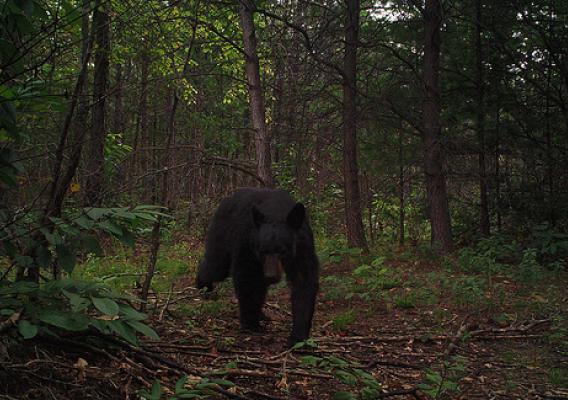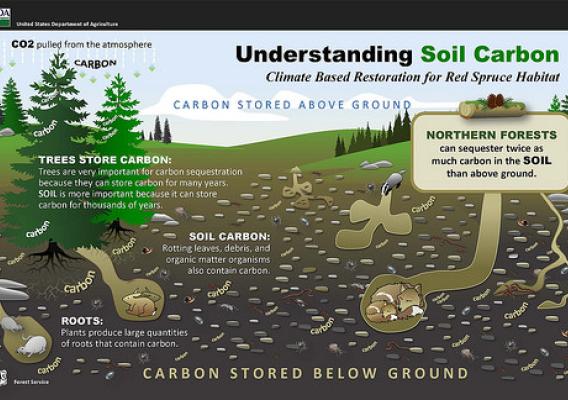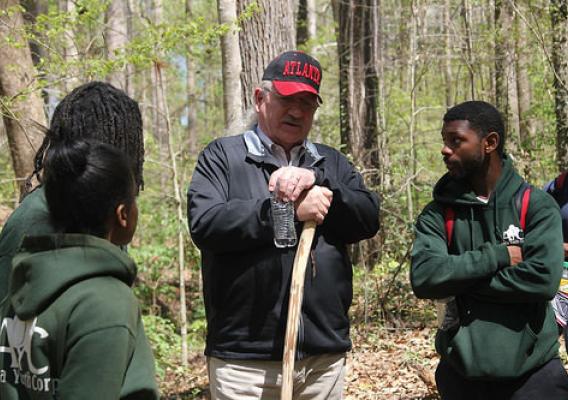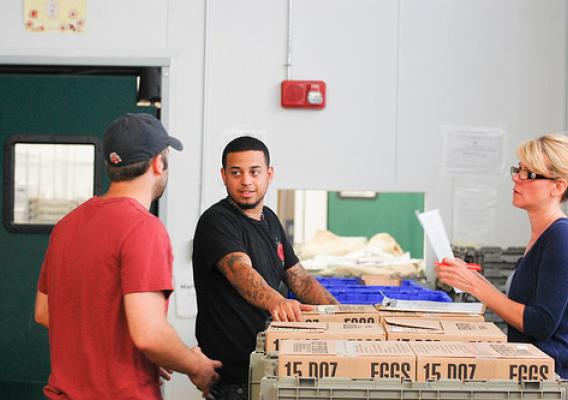All this month we will be taking a look at what a changing climate means to Agriculture. The ten regional USDA Climate Hubs were established to synthesize and translate climate science and research into easily understood products and tools that land managers can use to make climate-informed decisions. The Hubs work at the regional level with an extensive network of trusted USDA agency partners, technical service providers, University collaborators, and private sector advisers to ensure they have the information they need to respond to producers that are dealing with the effects of a variable climate. USDA's Climate Hubs are part of our broad commitment to developing the next generation of climate solutions, so that our agricultural leaders have the modern technologies and tools they need to adapt and succeed in the face of a changing climate.
You might have noticed spring-like weather in the Northeast is arriving earlier than usual. There is reliable evidence from many studies that conditions in the Northeast and upper Midwest have become warmer and wetter in recent decades, especially before the coming of winter and spring. The spring-like warmth has snow melting faster and plant growth starting sooner. On average, the last spring frost in the Northeast is about a week earlier now than it was 30 years ago. The change is not as positive as one might expect since the start of growth for many plants has shifted even earlier than the last frost date leading to increased chances of frost damage. This happens most often when unusually warm temperatures in March are followed within 2-5 weeks by a frost event. In 2012, record high March temperatures were followed by record low temperatures (for the date) at the end of April with terrible consequences for fruit growers across Michigan, Ontario, New York, Vermont, and surrounding states. In some places losses were almost total. In something of a repeat, unusual warmth in the Northeast this past winter was interrupted by very cold outbreaks in mid-February and early April. This combination was particularly bad for peaches in New Jersey, Connecticut, parts of New York, and other northeastern states where greater than 90% losses have been reported.










